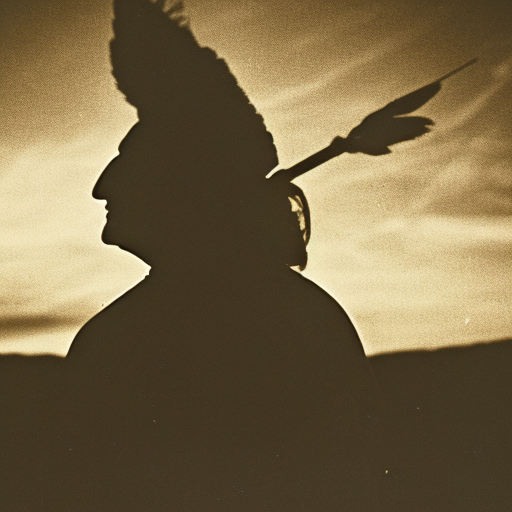Sitting Bull: The Legendary Lakota Sioux Chief
Sitting Bull was a prominent leader and spiritual figure of the Lakota Sioux tribe in the late 19th century. He played a significant role in the resistance against the encroachment of white settlers on Native American lands, particularly during the period known as the Great Sioux War. Sitting Bull’s leadership and his involvement in the Battle of Little Bighorn made him a legendary figure in Native American history.
Early Life and Rise to Power
Sitting Bull was born around 1831 in what is now South Dakota. He belonged to the Hunkpapa band of the Lakota Sioux tribe. As a young man, Sitting Bull gained a reputation as a skilled warrior and hunter. He also displayed exceptional spiritual abilities and was recognized as a powerful medicine man.
In the 1860s, tensions between Native American tribes and white settlers escalated as gold was discovered in the Black Hills, a sacred area for the Lakota Sioux. Sitting Bull emerged as a leader during this time, advocating for the protection of Native American lands and way of life.
The Battle of Little Bighorn
One of the most significant events in Sitting Bull’s life was his involvement in the Battle of Little Bighorn in 1876. Frustrated by broken treaties and encroachment on their lands, Sitting Bull and other Native American leaders united to resist the U.S. government’s attempts to force them onto reservations.
Sitting Bull’s vision and leadership played a crucial role in the battle. He had a vision that foretold the defeat of General George Custer and his troops, which inspired the Native American warriors. In the battle that followed, Custer and his men were indeed overwhelmed, resulting in a major victory for the Native American forces.
Exile and Return
After the Battle of Little Bighorn, Sitting Bull became a symbol of Native American resistance. However, the U.S. government intensified its efforts to subdue the Sioux, and Sitting Bull was eventually forced to surrender in 1881. He was exiled to a reservation in present-day South Dakota.
During his exile, Sitting Bull continued to advocate for Native American rights and worked to preserve Lakota culture and traditions. He also traveled with Buffalo Bill’s Wild West Show for a brief period, where he gained further recognition and became known to a wider audience.
In 1890, tensions between the U.S. government and the Lakota Sioux reached a boiling point with the implementation of the Ghost Dance movement. Fearing the movement’s potential for rebellion, the government ordered the arrest of Sitting Bull. In the ensuing confrontation, Sitting Bull was killed, further fueling the conflict between Native Americans and the U.S. government.
Legacy
Sitting Bull’s legacy as a leader and symbol of Native American resistance endures to this day. He is remembered for his unwavering commitment to protecting Native American lands and culture. His leadership during the Battle of Little Bighorn and his spiritual guidance continue to inspire Native American communities.
Sitting Bull’s life and the events he participated in shed light on the struggles faced by Native American tribes during the westward expansion of the United States. His story serves as a reminder of the resilience and strength of indigenous peoples in the face of adversity.












